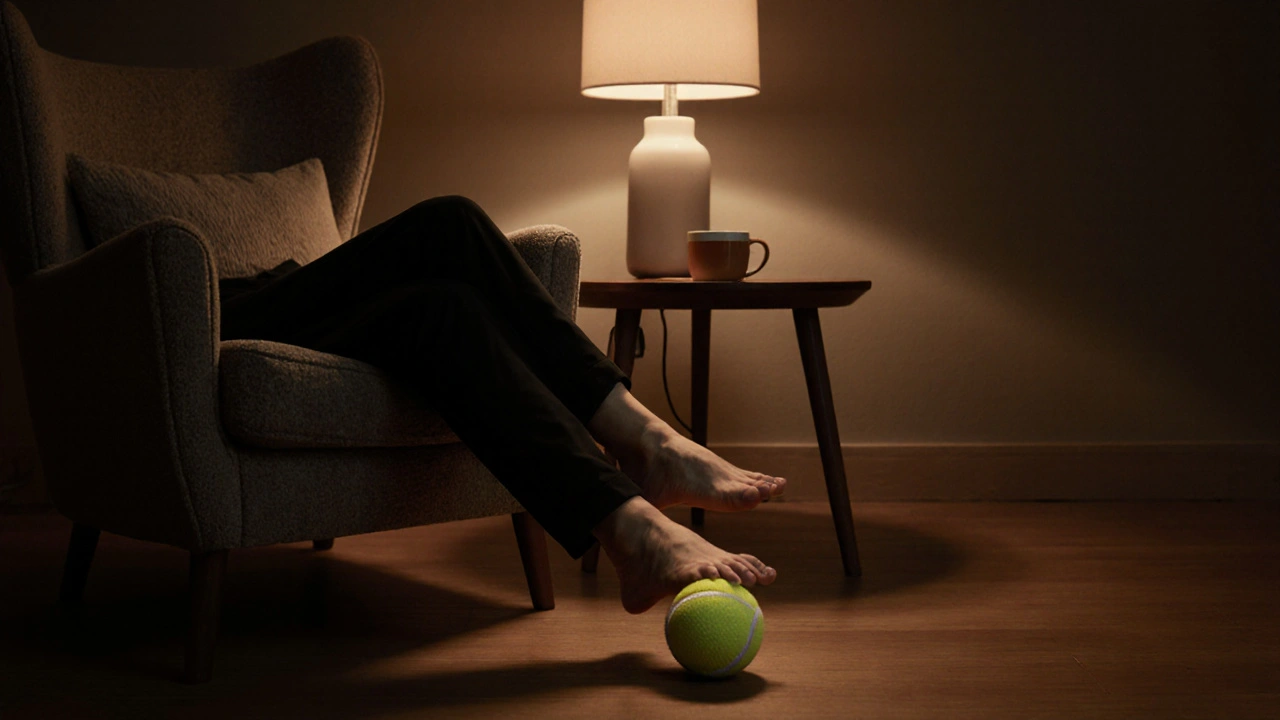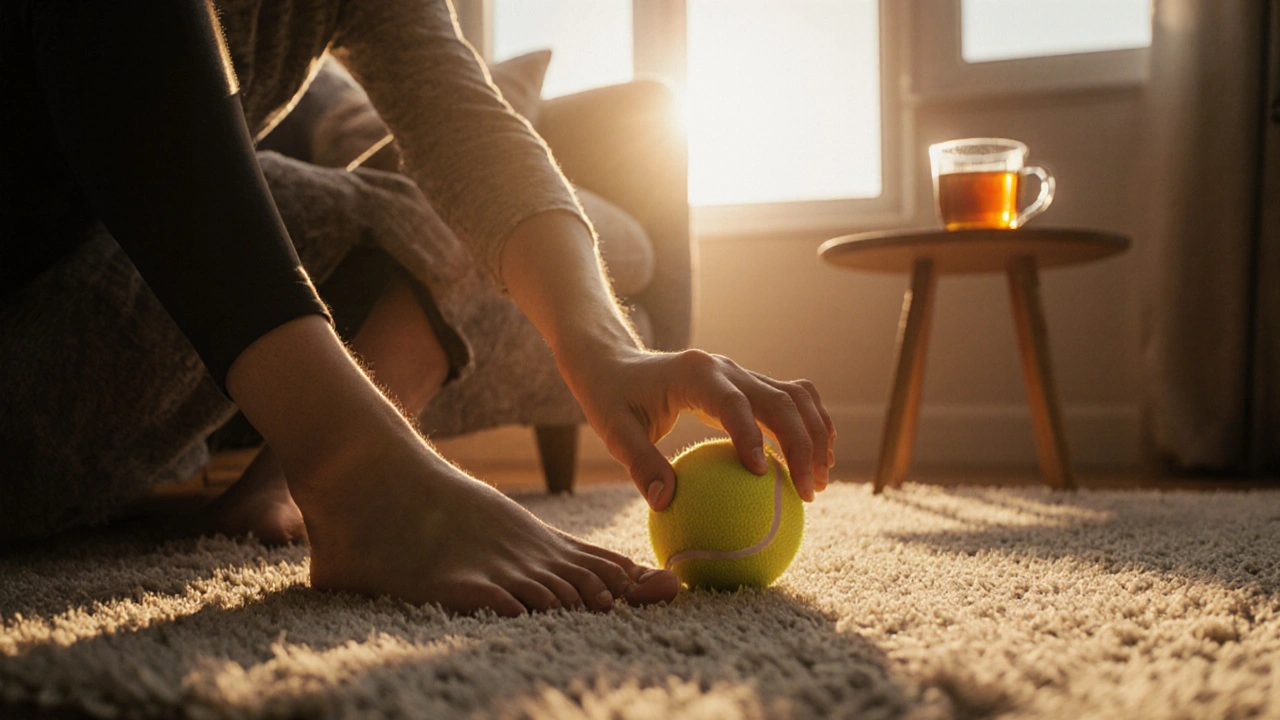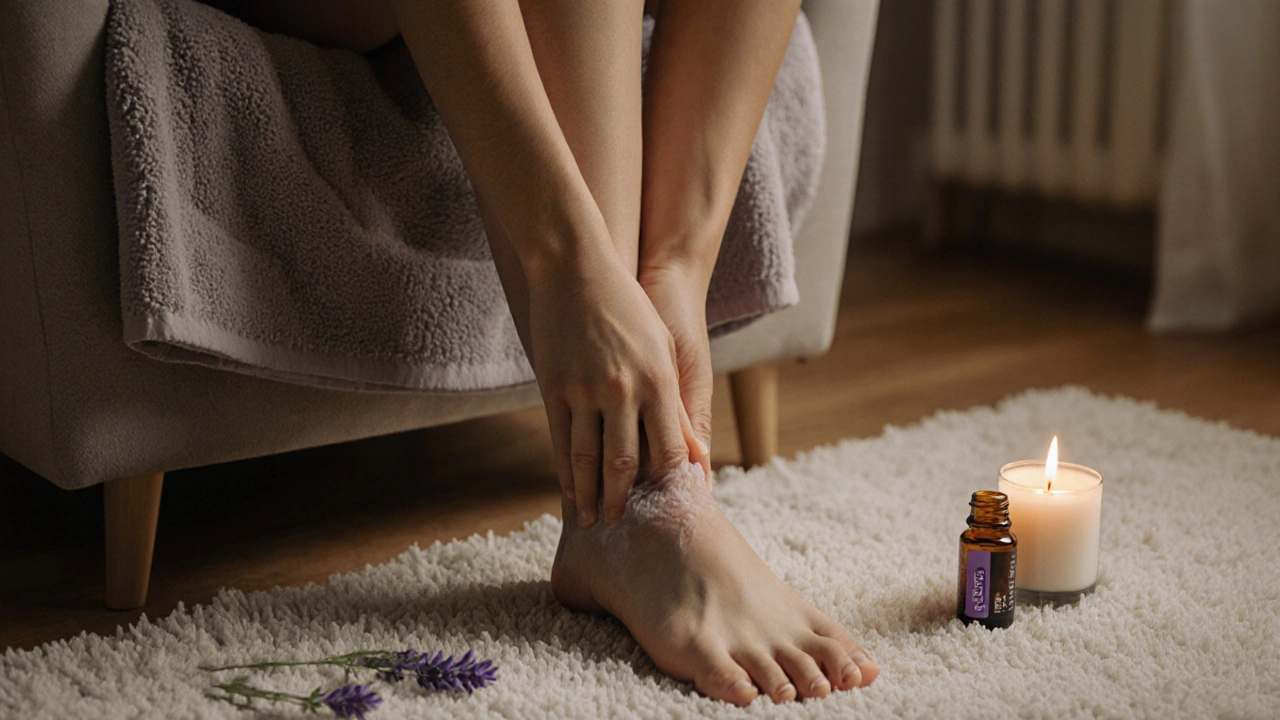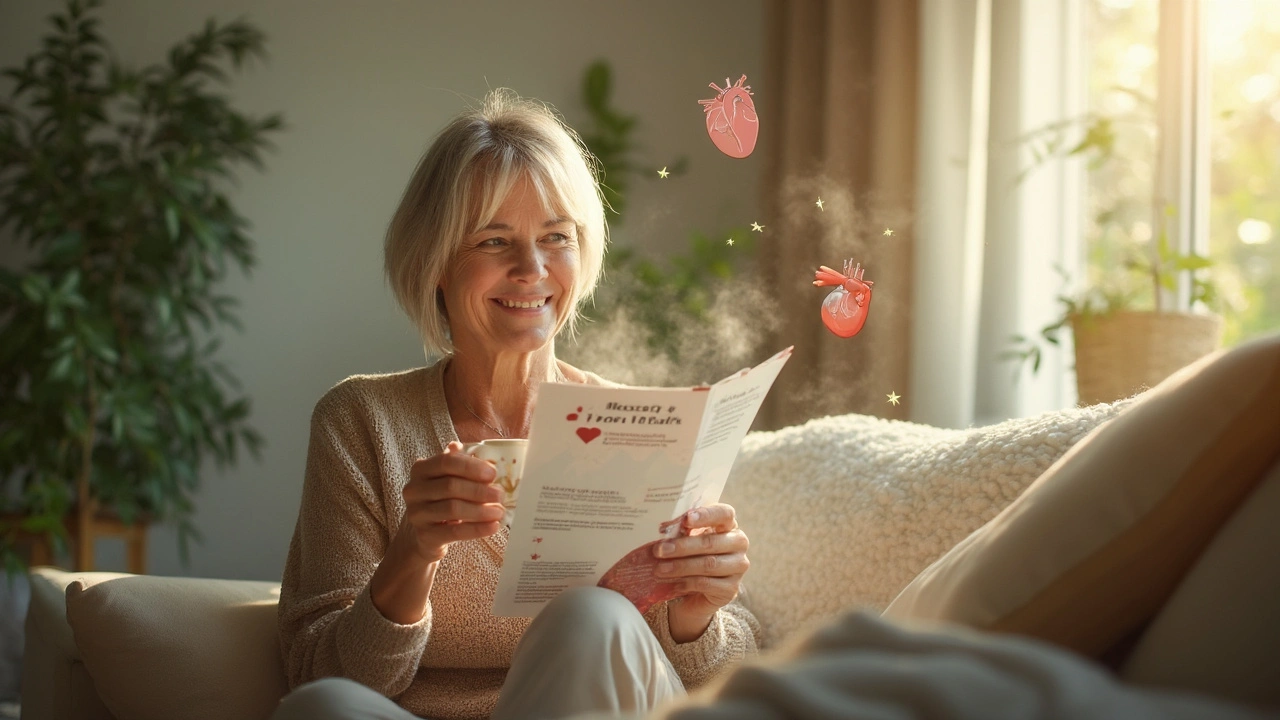How Massage Improves Circulation and Keeps You Healthy
If you feel cold hands, sore muscles, or just want more energy, better circulation might be the missing link. Massage isn’t just a luxury; it’s a proven way to get your blood moving faster and your lymph system working smoother. Below you’ll find the basics on why massage boosts flow, which techniques work best, and what you can do right after a session.
Why Blood Flow Matters
Your blood carries oxygen, nutrients, and waste away from cells. When flow slows down, you can get muscle tightness, slower healing, and even swelling. A good massage creates gentle pressure that pushes blood through capillaries, opens up tiny vessels, and helps your heart pump more efficiently. The result is less fatigue, quicker recovery after workouts, and a clearer mind.
Massage Techniques That Target Circulation
Swedish massage uses long, gliding strokes (effleurage) that warm up muscles and encourage blood to move toward the surface. Deep tissue massage applies focused pressure on tight spots, breaking up scar tissue that can block flow. Lymphatic drainage massage is the star for swelling—it uses light, rhythmic movements to guide lymph fluid back into the bloodstream.
Even a quick hot stone session can raise core temperature, dilating vessels and speeding up circulation. If you prefer staying at home, a simple self‑head massage can stimulate the scalp’s blood vessels, promoting oxygen delivery to the brain.
What to Expect During a Circulation Boost Session
When you book a therapist, tell them you’re focusing on circulation. They’ll likely start with gentle effleurage to warm the area, then move into deeper strokes on zones that feel tight. You might feel a warm sensation as blood rushes toward the surface – that’s a good sign. Sessions typically last 60 to 90 minutes, giving enough time for the body to adjust and respond.
Post‑Massage Tips for Keeping the Flow Going
After your appointment, drink plenty of water. Hydration helps flush out the waste that the massage pushed out of your tissues. Light stretching for 5‑10 minutes can keep muscles loose and prevent blood from pooling. If you’re into DIY, a quick foot massage before bedtime can keep circulation active overnight.
Regular visits—once a week or every two weeks—are best for long‑term benefits. Your body adapts, and over time you’ll notice less stiffness, faster recovery from sports, and even better sleep.
Bottom line: massage is a low‑cost, low‑risk way to jump‑start your circulation. Whether you choose a Swedish, deep tissue, or lymphatic approach, the key is consistency and communication with your therapist. Start with a session today and feel the difference in your energy, muscles, and overall well‑being.
The Surprising Benefits of Regular Foot Massage
Regular foot massage improves circulation, reduces stress, eases pain, and boosts sleep. It’s simple, free, and backed by science - no spa required.
VIEW MOREHow Foot Massage Can Transform Your Health
Foot massage isn't just relaxing - it improves circulation, reduces pain, boosts sleep, and supports digestion. Learn how daily 10-minute sessions can transform your health naturally.
VIEW MOREFoot Massage: Holistic Wellness Benefits & Simple Techniques
Discover how foot massage boosts circulation, reduces stress, and supports overall wellness. Learn easy at‑home techniques, when to see a pro, and common myths debunked.
VIEW MOREFull Body Massage: Boosting Circulation and Heart Health the Natural Way
Ever wondered if a full body massage does more than just relax your muscles? This article breaks down how it affects your circulation and heart health, with easy-to-follow explanations. Find out why so many people swear by regular massages—not just for stress relief, but for real physical benefits. Whether you’re curious about different massage types, want real tips for booking a session, or just want to know if it’s worth trying—this guide’s got you. Dive in for facts, practical advice, and answers to your biggest questions about massage therapy.
VIEW MORE



